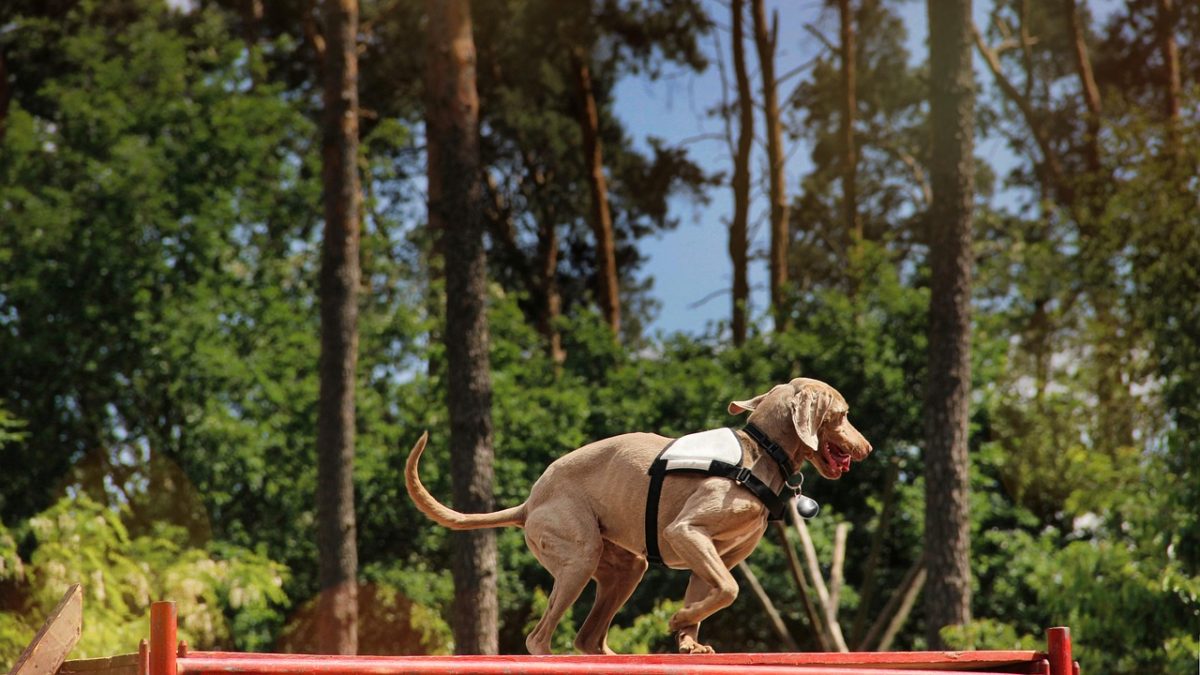Positive reinforcement training is a powerful and humane method to teach dogs new behaviors or improve their existing ones. It focuses on rewarding desirable actions to increase the likelihood that those actions will be repeated. Understanding and applying the key principles of positive reinforcement can lead to more effective and enjoyable training sessions for both you and your dog. Here are the four key principles that underpin this training method:
1. Timing is Everything
The timing of rewards is crucial in positive reinforcement training. Rewards must be given immediately after the desired behavior is performed so that the dog associates the action with the reward. A delay in reward can confuse the dog, making it harder for them to understand which behavior earned the treat. This principle ensures clear communication between you and your dog, facilitating faster learning.
2. Consistency is Crucial
Consistency in commands, rewards, and behavior expectations is vital for effective training. Everyone in the household should use the same commands and reward the same behaviors. This consistency helps prevent confusion and reinforces the dog’s understanding of what is expected. It’s also essential to consistently reward good behavior and not to give mixed signals, which could set back the training process.
3. Keep it Positive
Positive reinforcement training is based on the idea of adding something the dog finds rewarding immediately after they display a desired behavior. This could be treats, praise, toys, or anything else the dog enjoys. The key is to make the training experience enjoyable for the dog, which not only enhances learning but also strengthens the bond between you and your pet. Avoid using punishment as it can lead to fear, anxiety, and aggression, undermining the trust and bond you’re trying to build.
4. Individualize the Reward
Not all dogs are motivated by the same rewards. While many dogs are food-motivated, others may prefer toys, praise, or physical affection. It’s important to discover what your dog values most and use that as the primary reward during training sessions. This principle ensures that the training is as effective as possible by tapping into your dog’s unique preferences and motivations.
Positive reinforcement training is a powerful approach that can strengthen the bond between you and your dog while encouraging good behavior. By focusing on rewarding desirable actions with impeccable timing, maintaining consistency in your commands and rewards, ensuring the training experience remains positive, and tailoring the rewards to your dog’s preferences, you can create a rewarding and effective training experience. Remember, the goal of positive reinforcement training is not just to teach your dog commands but to foster a deeper understanding and connection between you both.



